I have this set of data
What I want to do is compare the Start time to the prior row and if the start time falls between the Start and end time of the prior row then flag it. Whether that flag is binary or x doesn't matter, just needs to be counted. So that the new column calls out the instances where the start time of the current row is between the Start and End time of the prior row. My results should look like this.
My thoughts are that LAG and/or LEAD need to be used here but I'm horribly novice at both of those. I'm also thinking I need to create a ROW() for these to make it work. Either way, looking for some guidance on this. I need to be able to track conversation times to see how many times an individual is handling simultaneous conversations (usually no more than 2).

